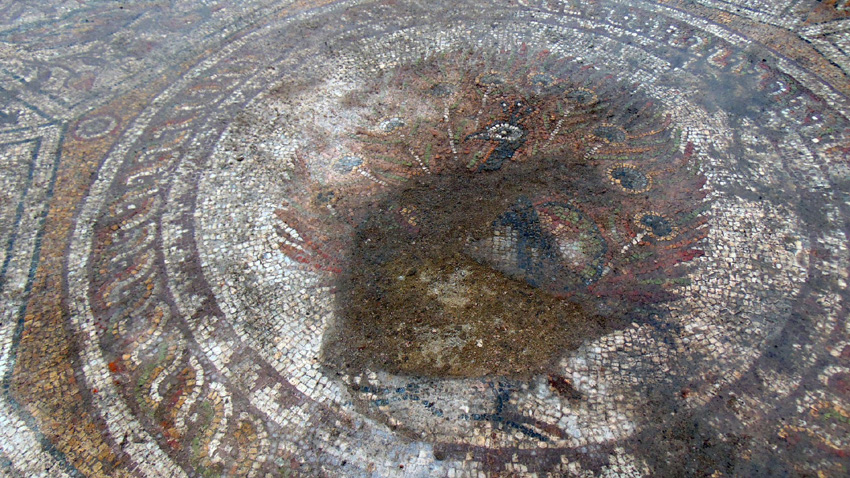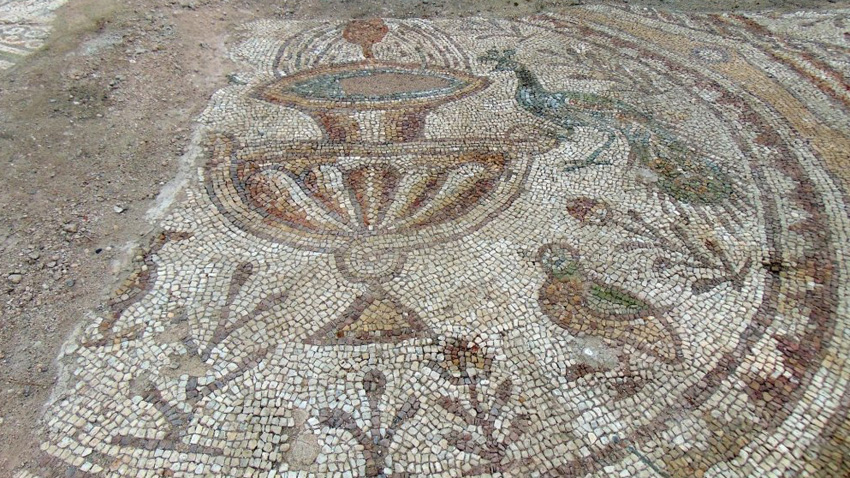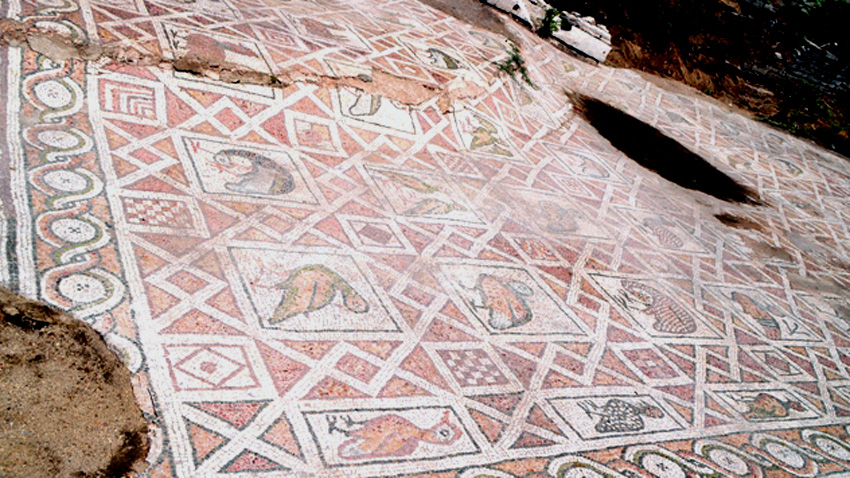One of Europe’s most ancient settlements – the city of Plovdiv, continues to reveal its secrets. We are talking here about the Great Basilica of what used to be Philipopolis back then. The task of the archaeologists this time was to search through the northern segment of the temple, but also its main nave. A total of 36 burials have been discovered above the mosaics floor. Some 200 m2 of the building’s central nave have been revealed as well. This part of the once impressive construction provides data on other funerals too – most likely from the end-10th to the first half of the 12th century. The basilica itself was built over the second half of the 4th century and existed till the end of the 6th when a strong earthquake pulled it down. Archaeologists had an idea of what to expect, says Mrs. Zheni Tankova, head of the excavations.

“What made me really happy was the revealing of the naos, the interior part of the basilica on its western façade,” she says and adds:
“These are premises that form the basilica complex. We came upon a mosaics ground level right in front of this façade wall and it is really precious in terms of artistic value. In a quadrangle medallion one can see a peacock that leads the congregation to the central entrance of the basilica’s naos. There are other 6 different subjects with various birds around.”
The team went on with the research near that sector and serious scientific media showed interest as well. However, few things have been found in the graves studied so far. Three engolpion crosses for the preservation of relics represent the most significant finding, alongside several glass bracelets and earrings. Among the buried there were also children.

“The temple is 56.6 m long and about 39 m wide – and it was all mosaics on two levels, as the first one has been repaired with the second. Perhaps we are talking here about a complex which is 80 m long, spreading across more than 2,400 m2 and it’s all mosaics – that is really breathtaking. The condition is not ideal everywhere, the mosaics are missing in some segments or have been demolished in others, but the overall area revealed will probably exceed 0.2 ha.”
Will there be a museum complex built up and what will it look like?
“One part of what we are currently revealing will remain indoors and the earlier layer of ground mosaics will be revealed there on the spot. The second layer will be lifted up in its major part. It is now being restored and conserved and later on it will be displayed in the form of panels. The rest, the northern part of this terrain which belongs to the catholic cathedral will be a pedestrian zone with pleasant outlook and window-like holes on the ground levels that will reveal the idea of the bricks and the whole technology. There will be separate entrances as well and whoever wants to step inside and take a look around the entire archaeological complex will be able to do so. We do hope that the whole facility will be unique for both the state and its guests…” Mrs. Zheni Tankova says in conclusion.

English version: Zhivko Stanchev
Photos: BGNES and WikipediaThe Getty Museum in Los Angeles, USA, is hosting a webinar today entitled Who Were the Thracians? Professor of Classical and Ancient History Matthew Sears will discuss the Thracian legacy and its influence on ancient Athens. Sears is the author of..
The exhibition "Codes of Identity", which opens today in Sofia, presents ancient Bulgarian lineages that have left a lasting legacy. The venue is the National Archaeological Institute with Museum at the Bulgarian Academy of Sciences (NAIM-BAS) In..
June 11, 2007 - US President George W. Bush Jr. visits Sofia. According to protocol, the press conference he held for the media took place among the exhibits of the National Archaeological Museum. The official lunch for the guest was later held at the..
On November 22 and 23, the Bulgarian Orthodox Church will solemnly celebrate the 100th anniversary of the consecration of the Patriarchal Cathedral "St...
The Patriarchal Cathedral of St Alexander Nevsky is celebrating its temple feast today. The cathedral, a symbol of the Bulgarian capital, was built "in..

+359 2 9336 661
